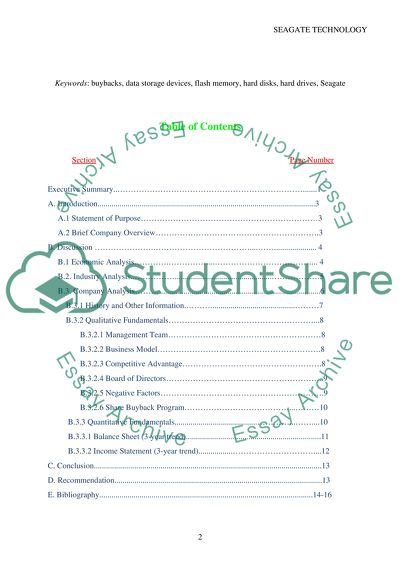Cite this document
(“Seagate Technology Plc. (STX) Company Analysis Essay”, n.d.)
Retrieved from https://studentshare.org/environmental-studies/1414694-seagate-technology-plc-stx-company-analysis
Retrieved from https://studentshare.org/environmental-studies/1414694-seagate-technology-plc-stx-company-analysis
(Seagate Technology Plc. (STX) Company Analysis Essay)
https://studentshare.org/environmental-studies/1414694-seagate-technology-plc-stx-company-analysis.
https://studentshare.org/environmental-studies/1414694-seagate-technology-plc-stx-company-analysis.
“Seagate Technology Plc. (STX) Company Analysis Essay”, n.d. https://studentshare.org/environmental-studies/1414694-seagate-technology-plc-stx-company-analysis.


